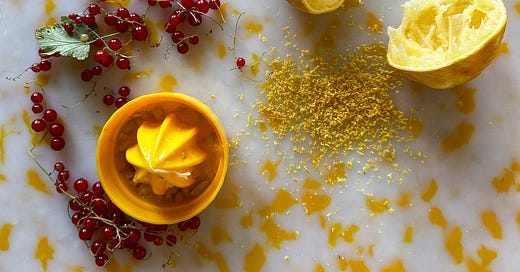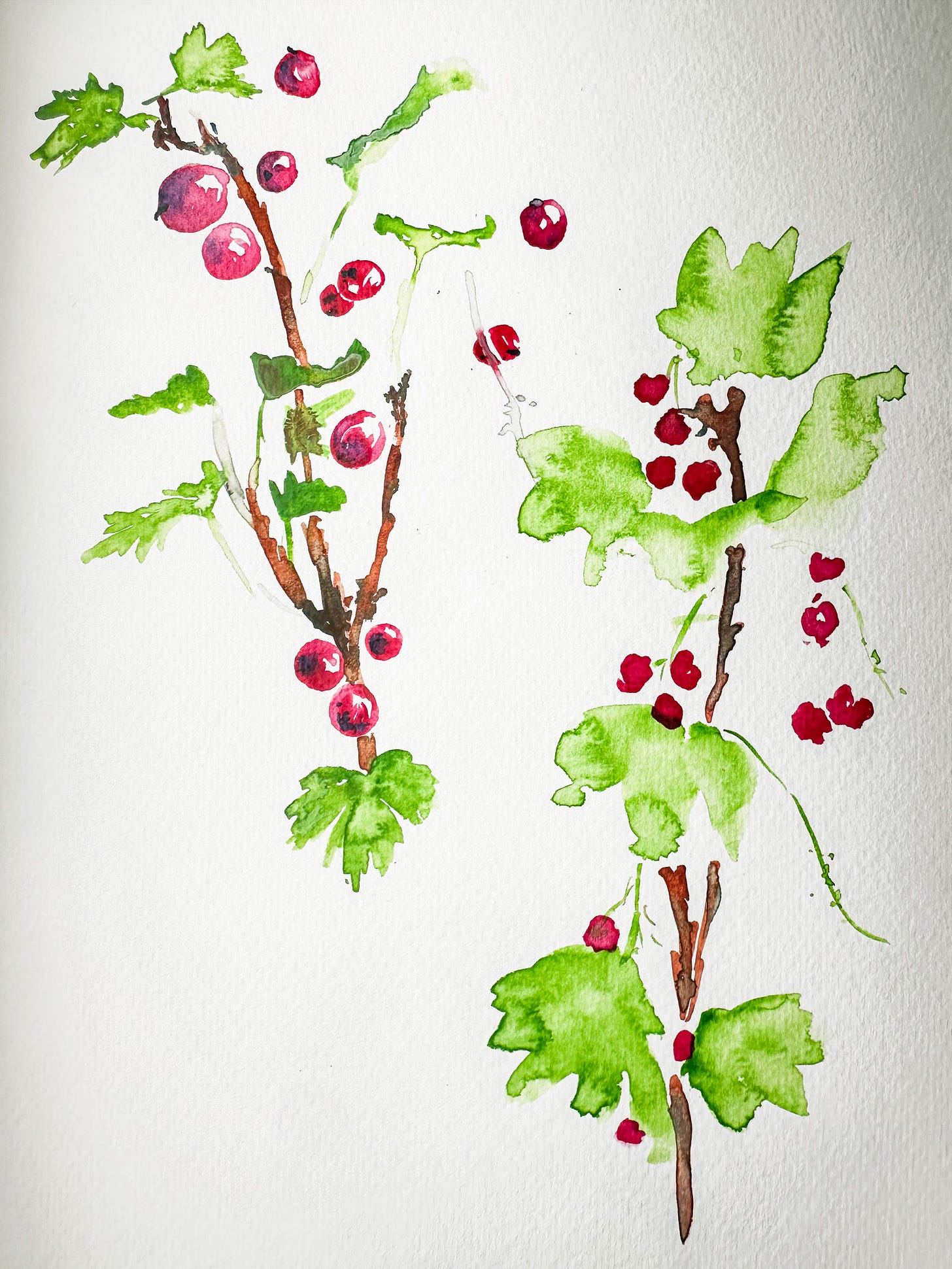Last month I started taking French lessons over zoom. I have a new teacher and we’re getting to know each other through the format of the class. I chat about my week, then he breaks down the mistakes I’ve made and we use them as a prompt for what we will work on during our hour together. For example, in one of our early lessons in June, he asked about a recent workshop I took with my mom. Using creative verb tenses, invented vocabulary and a smattering of English, I told him about the challenges of travelling through Paris with my mother who has a lung condition. She is a trouper, an artist and a determined traveller, but still, there were stairs in and out of every métro. There were stairs into every museum and every gallery. There were stairs into the atelier where we painted everyday. She often had to stop and catch her breath. When I finished this explanation he smiled and said, Lindsay, Lindsay, you can make things easier for yourself. Use facial expressions, body language and gestures to help with your message. And most of all, edit your thoughts. You could have said,
Le métro, les escaliers, c'était dur pour ma mère. The métro, the stairs, they were hard for my mom.
I was deflated. Dégonflée. I am a writer, a story teller. How can I share the details of life when I’m meant to shake my thoughts through a sieve until all that’s left are nine little words and a shrug? But he had summed up our physical challenges of Paris perfectly.
I have built a writing practice on setting a scene, providing as many details as possible. I love the minutiae. I need to go deep into a scene in order to see, smell, taste, touch and listen to what is going on. But the next step, I’m learning, is to then pull back and share only the jewels of the moment, the best parts.
I was making icing cream1 with the red currants from my parents' garden as I wrestled with the details of this story. I picked the small, iridescent currants from their tiny tendrils. A few berries rolled across the cutting board. Red glass beads, broken free from a necklace. I blended the berries with a little sugar and swirled the mixture into whipped mascarpone sweetened with lemon syrup. I slid the pan into the freezer. I would stir it in an hour or so, then again an hour after that. It’s what you do when you don’t have an ice cream maker nearby.
On the table in a small vase was a red currant branch, also snipped from the garden. My mom gave it to me, knowing I’d like to paint it. I sat down as the ice cream chilled and took out my paints. The glossy red berries dangled from pale green tendrils as thin as thread. Fat green leaves with corrugated edges danced around the berries. I could hear our watercolour teacher in Paris reminding us to look at what we were painting. Pay attention. Notice the towering oak tree just outside the window. You don’t have to draw every leaf, she said. Just give us enough so we understand what we’re looking at.
I dipped my brush in a rich red and painted a few berries, then moved on to the leaves, the branches, the fine tendrils. I was looking hard, trying to understand the workings of this little branch. I left out a lot, trusting that the mind can work out the rest.
I used this recipe - it was quick and easy if you don’t count the time it took to remove 225g of delicate red currants from the vine!






Ah but you see, I love your scene-setting. The descriptive element. Pared-down is all very well but you immerse us in the dimension of your life. Don't ever edit it out.
My favourite author from many years ago was Rosamunde Pilcher who used description so beautifully that I immediately felt I was settled with the characters, wherever they happened to be. It was invariably a world I wanted to inhabit - Scotland, Cornwall - perfect.
I find beauty in being concise as well as the richness of detail. There is room for both!